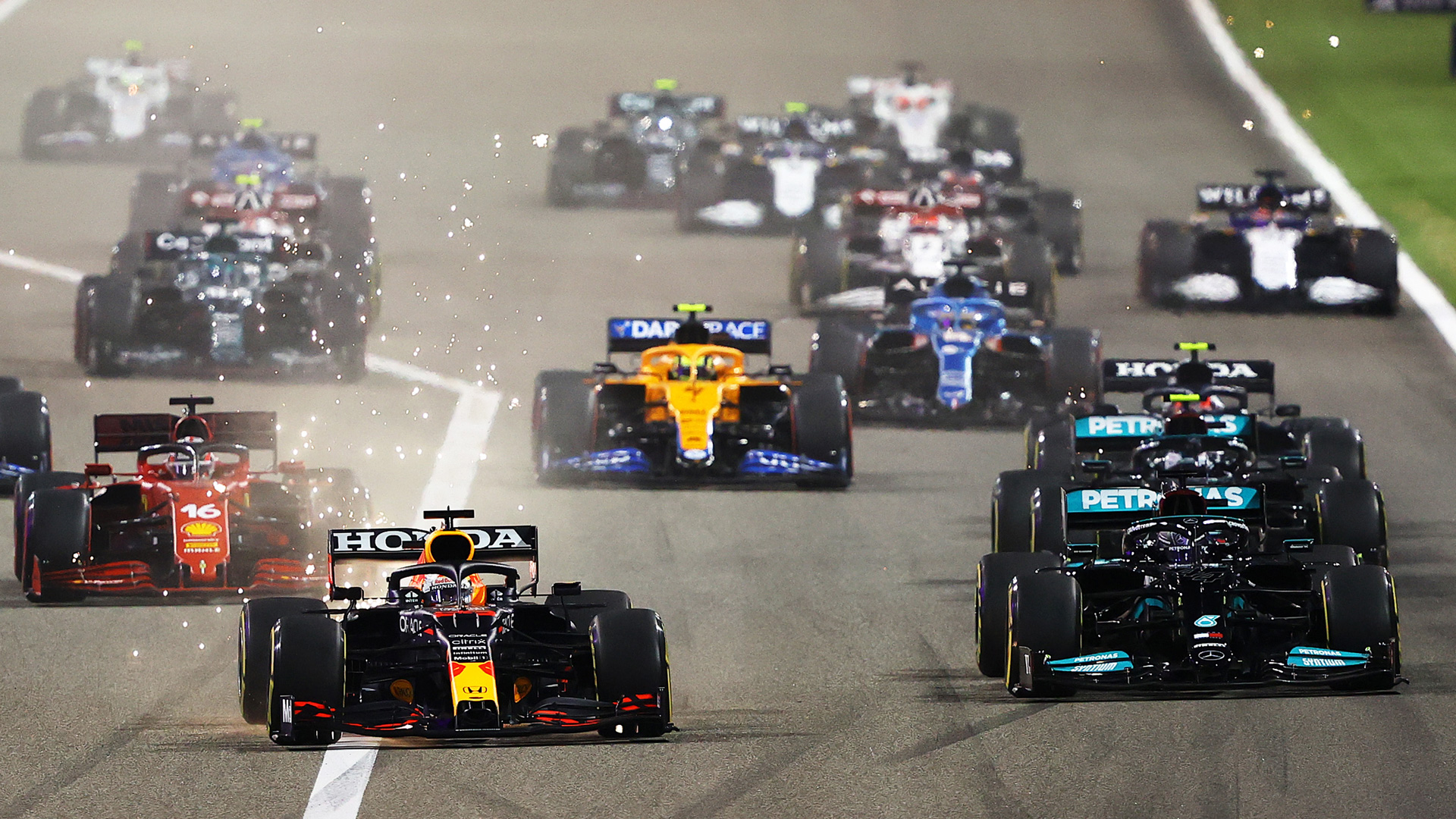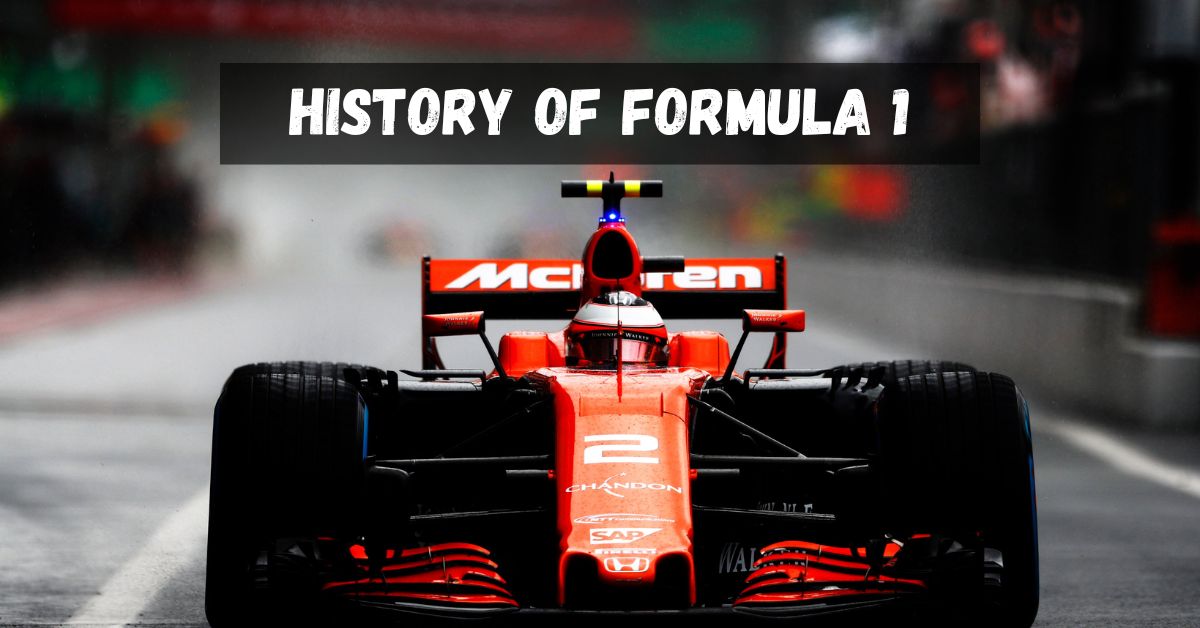From its modest origins in the early 20th century to the globally recognized spectacle it has become today, Formula 1 has gone through a fantastic change. The game has encountered a few upheavals, both on and out of control, and has developed into a complicated mix of technique, innovation, and sheer driving ability. In this article, we’ll dive into the charming advancement of Formula 1 and explore its rich history, tracing its ascent from fundamental race vehicles to the state-of-the-art machines and impressive occasions we witness today.
Beginnings: The Birth of a Racing Phenomenon
The first half of the twentieth century was a time of exploration for motorsports. While auto racing traces all the way back to the late 1800s, the idea of “Grand Prix Racing” began taking shape in Europe in the early 1900s. These races were initially long-distance challenges, testing both the durability of the cars and the endurance of the drivers.

After WWII, the sporting world felt a need to standardize racing, leading to the establishment of the Fédération Internationale de l’Automobile (FIA) Formula1 Championship in 1950. The debut season featured drivers competing in seven Grand Prix events across Europe, with the British Grand Prix at Silverstone marking its historic beginning.
Advancements: The Tech Revolution
As the decades rolled by, Formula 1 became a crucible for mechanical innovations. Ground-effect aerodynamics, turbochargers, and semi-automatic gearboxes were among the pioneering technologies that debuted. Teams began investing heavily in R&D, constantly pushing the engineering envelope. The 80s and 90s, in particular, witnessed a whirlwind of technological advancements, with electronics playing a pivotal role in vehicle design and race strategies.
Modern Era: Glamour, Politics, and Dynasties
The beginning of the new thousand years denoted a time when Equation 1 was as much about the off-course dramatizations as the on-target activity. Worthwhile sponsorships, complex corporate legislative issues, and blockbuster driver support transformed the game into an extravagant industry. Notable contentions, nail-gnawing race gets done, and the development of hustling traditions, like Ferrari’s unequaled heritage or Red Bull’s brilliant ascent, added layers of story profundity to the title.
Formula1’s Evolution at a Glance
| Era | Key Events & Innovations | Dominant Figures |
|---|---|---|
| 1950s | Inception of FIA Formula1 Championship | Juan Manuel Fangio, Stirling Moss |
| 1960s | Emergence of commercial sponsorships, rear-engine cars | Jim Clark, Graham Hill |
| 1970s | Ground-effect aerodynamics, introduction of slick tires | Niki Lauda, James Hunt |
| 1980s | Turbocharged engines, semi-automatic gearboxes | Ayrton Senna, Alain Prost |
| 1990s | Dominance of electronics, active suspension | Michael Schumacher, Mika Häkkinen |
| 2000s | Corporate politics expanded global circuits | Fernando Alonso, Lewis Hamilton |
| 2010s | Hybrid engines, a rise of digital streaming | Sebastian Vettel, Max Verstappen |
In Conclusion
Formula1’s trajectory from its modest early races to its position at the pinnacle of motorsport glamour stands as a testament to human ingenuity. The relentless pursuit of excellence, and an unwavering passion for speed. As the engines roar in anticipation of future races, we eagerly await the next groundbreaking moment in this illustrious sport. Tracks and technologies might have evolved, and cars might have transformed beyond recognition, but the quintessential thrill of Formula 1 racing remains as exhilarating as ever.
Read More: The Journey of Soccer: A Comprehensive Guide
